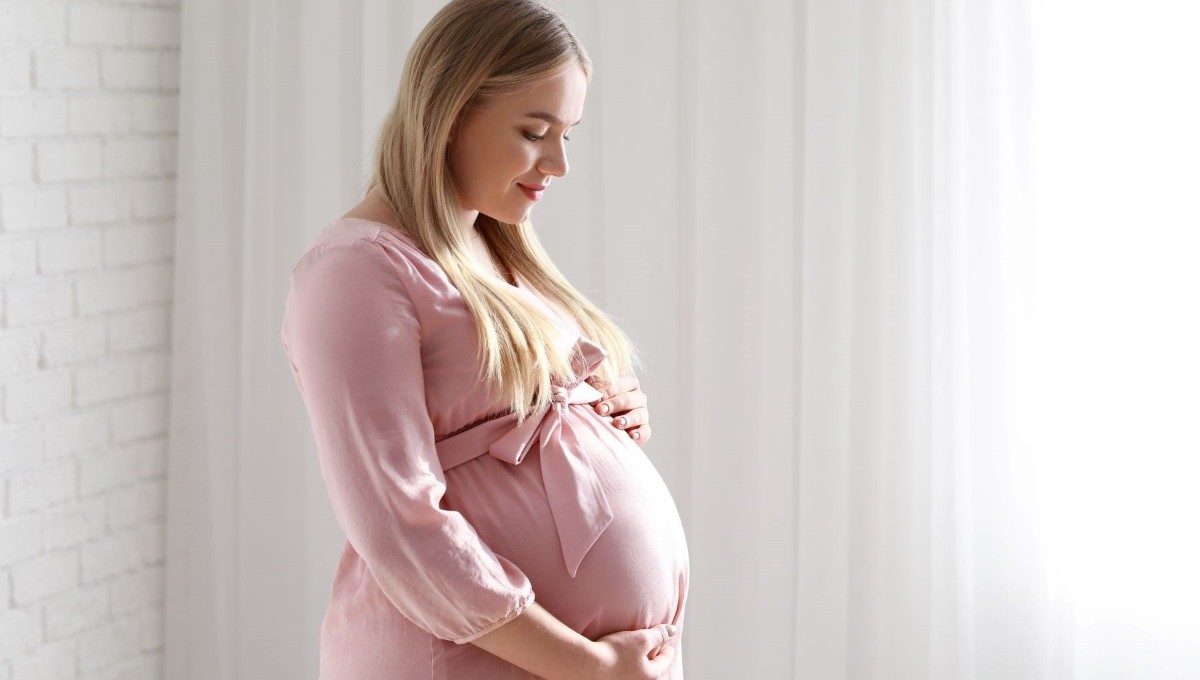Annual first birth rate 0.45 percent, which was more than six times lower than in general population
By Elana Gotkine HealthDay Reporter
MONDAY, July 15, 2024 (HealthDay News) — Successful pregnancies are feasible for female allogeneic hematopoietic cell transplant (alloHCT) recipients, with most pregnancies occurring spontaneously, according to a study published online July 15 in Blood.
Katja Sockel, M.D., from the Technical University Dresden in Germany, and colleagues examined pregnancy and birth rates in a contemporary cohort using data from the Germany Transplant Registry, focusing on adult women aged 18 to 40 years who underwent alloHCT between 2003 and 2018.
The researchers found that 50 of the 2,654 transplanted women experienced 74 pregnancies, occurring at a median of 4.7 years posttransplant; 57 of the pregnancies (77 percent) resulted in live births. Among HCT recipients, the annual first birth rate was 0.45 percent, more than six times lower than in the general population. At 10 years after HCT, the probability of a live birth was 3.4 percent. Younger age at alloHCT, nonmalignant transplant indications, no total body irradiation or a cumulative dose of <8 Gy, and nonmyeloablative/reduced-intensity conditioning were factors associated with an increased likelihood of pregnancy. Of the pregnancies, 72 percent occurred spontaneously, while assisted reproductive technologies were used in the remaining cases. Compared with the general population, preterm delivery and low birth weight were more common.
“Fertility counseling before HCT should be provided to every woman of childbearing age, not only to discuss fertility preservation techniques, but also to inform patients about the potential for natural fertility restoration after HCT to prevent unexpected pregnancies,” the authors write.
One author disclosed financial ties to AbbVie, Medac, Novartis, and Takeda.
Copyright © 2024 HealthDay. All rights reserved.








